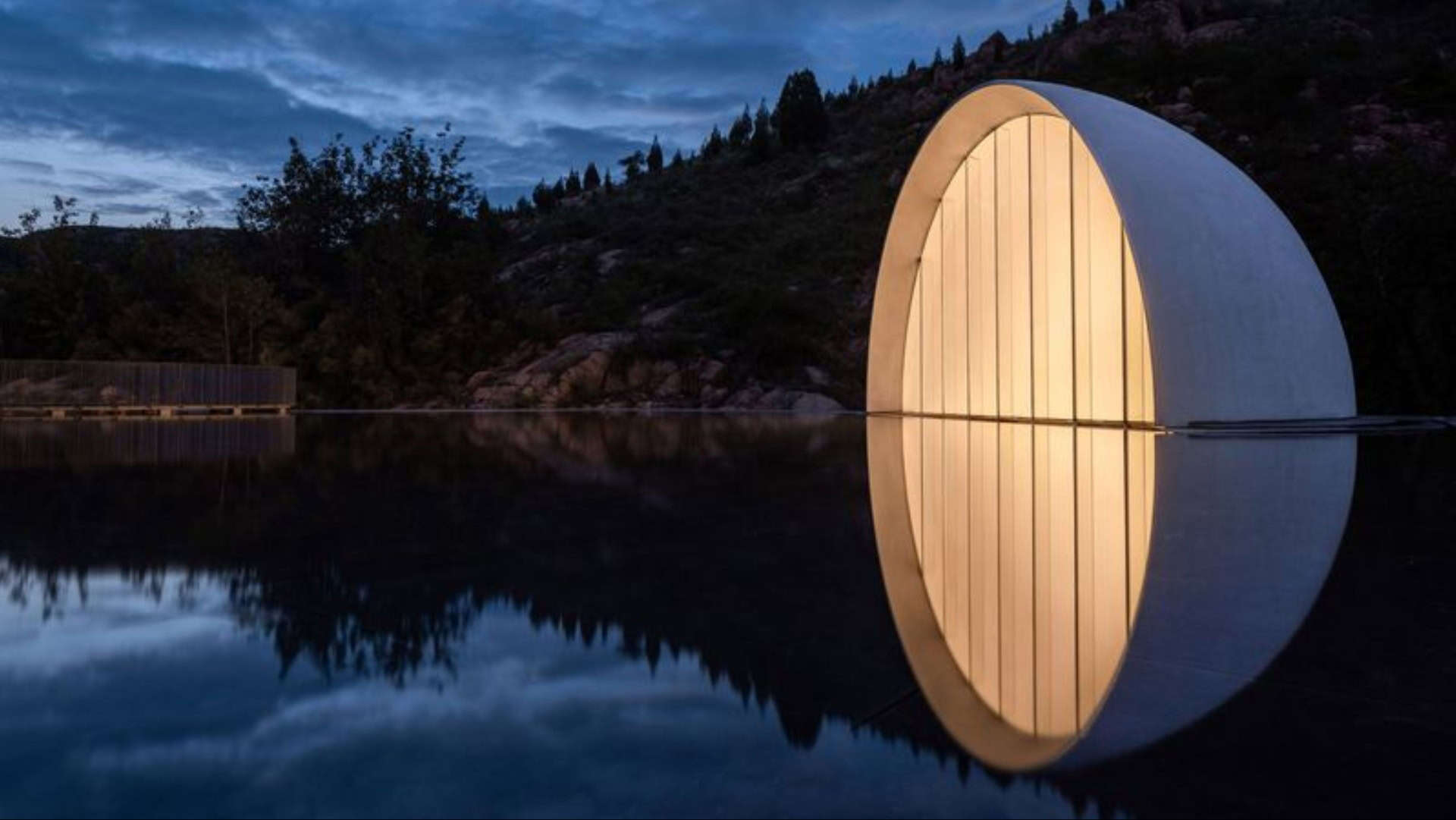In 2019, Syn Architects, commissioned by Shandong Lushang Group, transformed Dongximen Village’s mountainous area by creating the Moon Chapel.
This architectural marvel quickly became a viral sensation, drawing tourists and economic growth to a once-isolated region.
Inspired by the land’s identity and natural scenery, the project symbolizes love and harmony, integrating seamlessly with its environment.
1. Architectural Vision
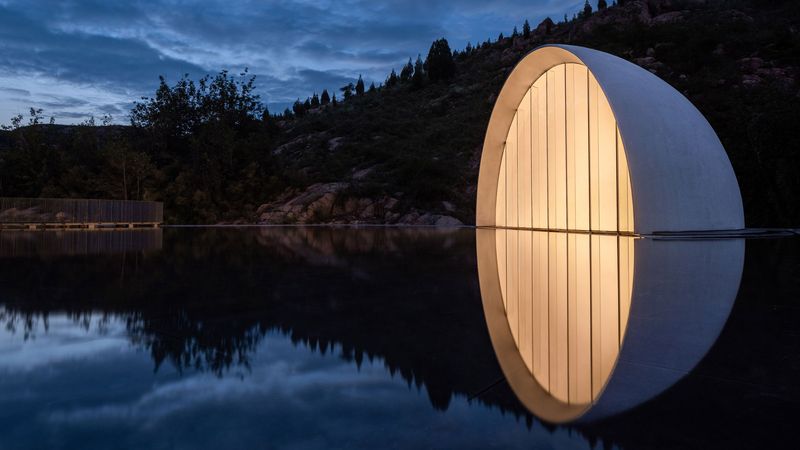
Syn Architects envisioned an innovative structure melding tradition with modernity. The Moon Chapel stands as a beacon of love, inspired by the land’s identity.
The design harmonizes architecture and nature, respecting the landscape’s rocky terrain.
Its creation was a labor of love, demanding meticulous planning and collaboration to maintain environmental balance.
2. Cultural Symbolism

The chapel embodies the deep cultural connection between the moon and love in Asian traditions.
Inspired by ancient Chinese poetry and Natsume Sōseki’s novellas, the design reflects the sentiment, “The moon is so beautiful tonight.”
The chapel’s architecture captures this essence, symbolizing eternal love and connection under the celestial glow.
3. Natural Harmony

Positioned thoughtfully, the chapel respects the natural waterway, ensuring minimal interference with the environment.
The designers faced challenges due to the rocky terrain and water conservation needs, yet achieved a harmonious blend.
This careful integration fosters a serene atmosphere, making the chapel a sanctuary of peace and reflection.
4. Wedding Destination
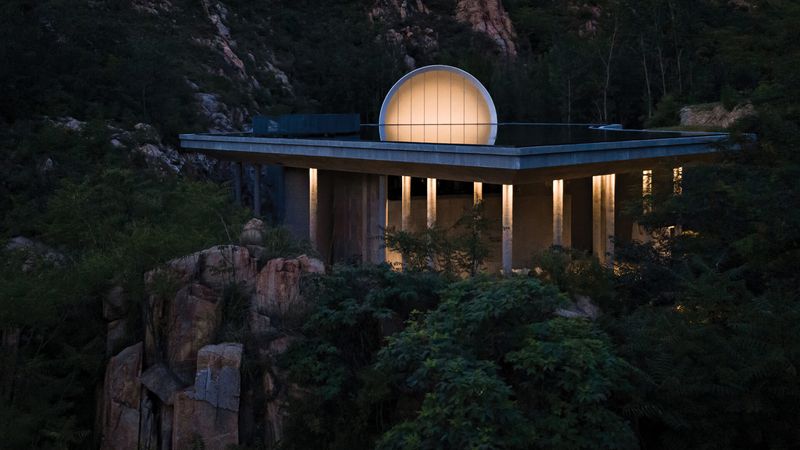
Conceived as a venue to celebrate love, the chapel hosts weddings that honor the surrounding environment’s scale and imagery.
Couples exchange vows in a space where nature complements architecture.
The chapel’s design enhances the sacredness of matrimony, providing a unique and memorable backdrop for a couple’s special day.
5. Innovative Design
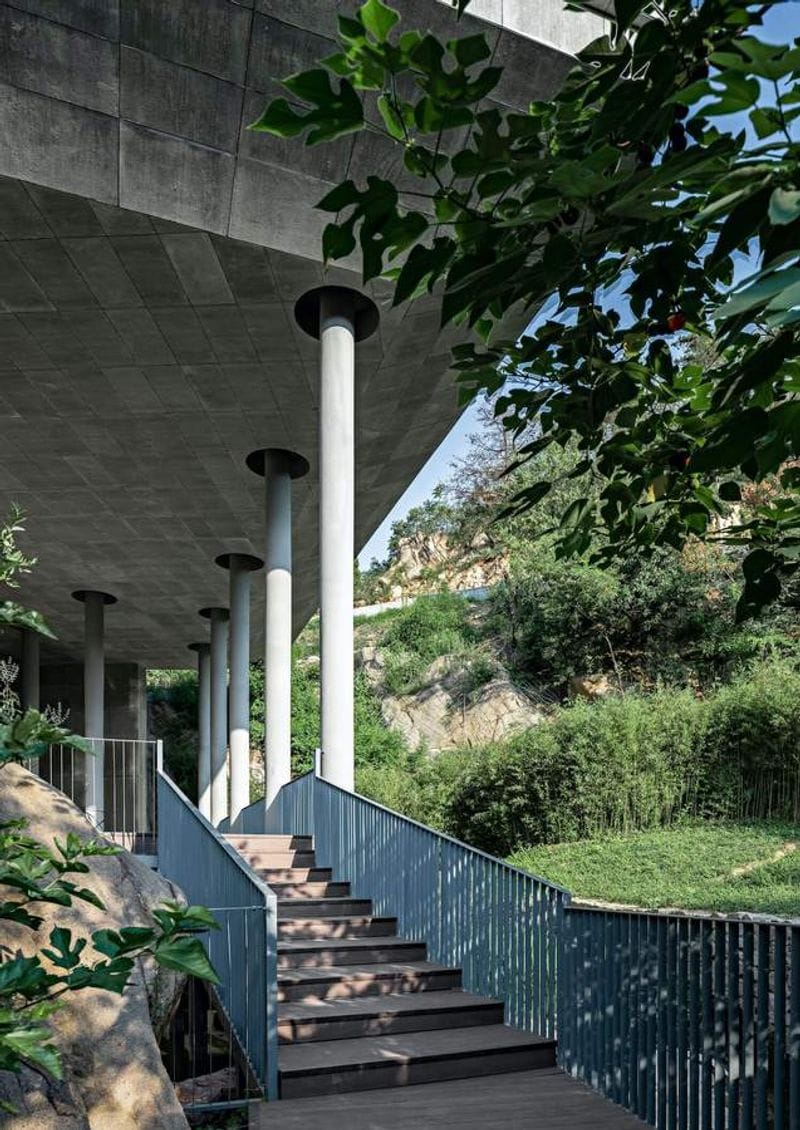
The interior features a curved wall that creates a natural echo, magnifying lovers’ vows.
This design choice symbolizes the amplification of love, resonating throughout the chapel.
Its minimalist approach, devoid of artificial lights or decorations, relies on the moon’s illumination, crafting an ethereal and spiritual ambiance.
6. Eco-Friendly Construction
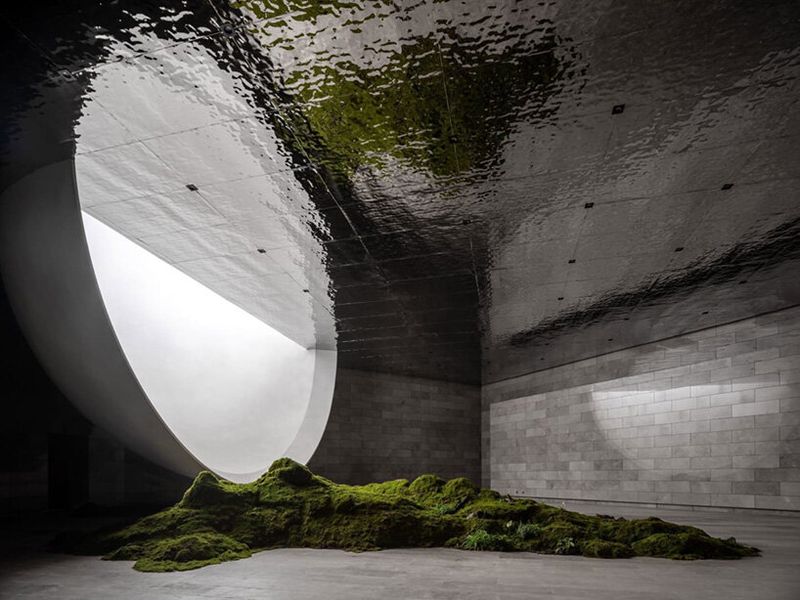
Building the chapel involved eco-friendly construction techniques, minimizing environmental impact.
The rocky terrain demanded innovative approaches to preserve the natural habitat.
A commitment to sustainability guided every decision, reflecting a balance between human needs and ecological preservation.
This dedication ensures the chapel’s legacy as a protector of the earth.
7. Tourism Impact

The Moon Chapel transformed Dongximen Village into a bustling tourist hub. Its viral fame attracted visitors worldwide, boosting local trade and resources.
The chapel’s beauty and unique design draw people, creating economic opportunities for the community.
This influx revitalizes the area, turning a sleepy village into a flourishing destination.
8. Symbolic Architecture
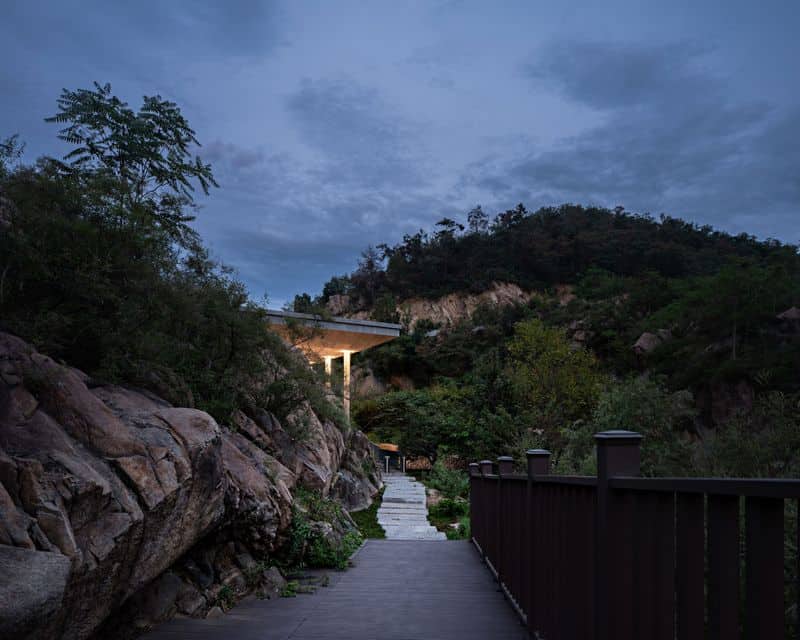
Designed to align with the moon’s reflection, the chapel and its watery mirror form a complete moon.
This alignment required precise engineering, creating a visual poetry of form and function.
The moon’s symbolism in the architecture represents unity, love, and the cyclical nature of life, resonating deeply with visitors.
9. Natural Illumination
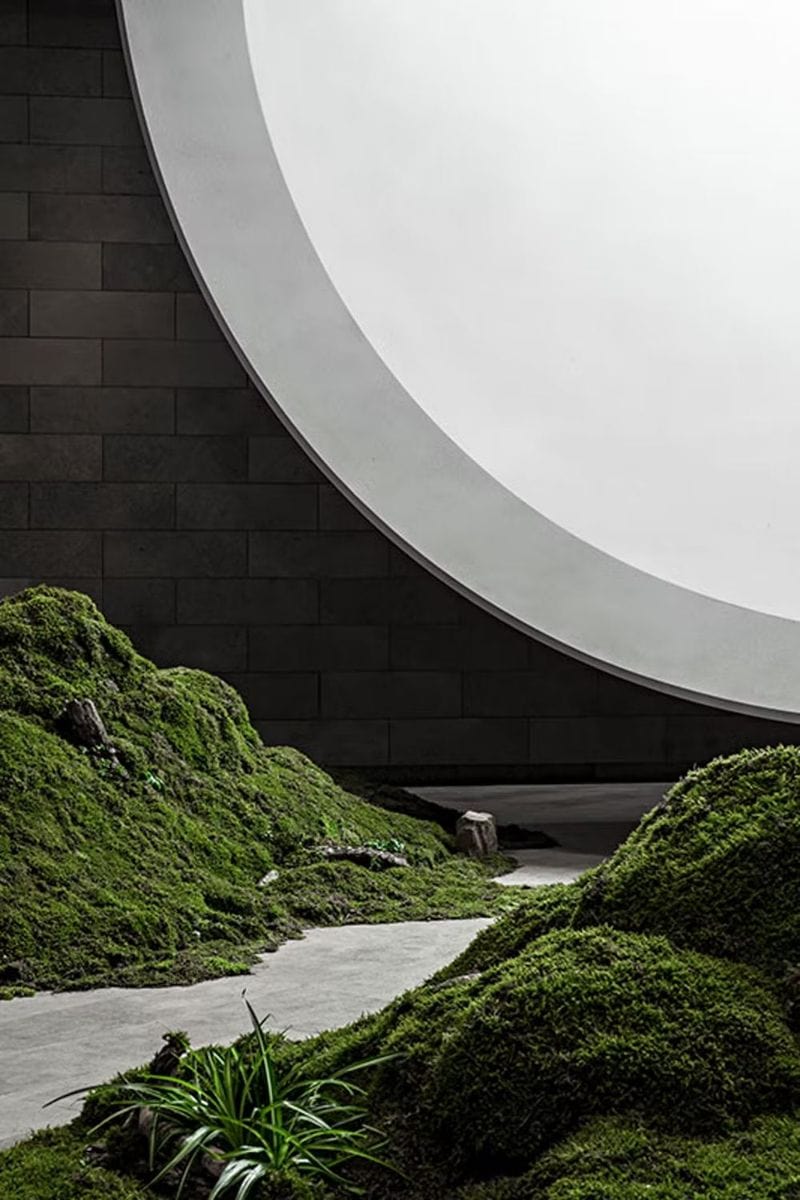
No need for artificial lighting; the chapel’s design utilizes natural moonlight to illuminate its space. The large moon acts as a radiant beacon, casting a soft glow.
This natural illumination creates a mystical environment, enhancing the spiritual experience.
Visitors find tranquility in the gentle light, connecting with nature and the divine.
10. Local Economic Growth
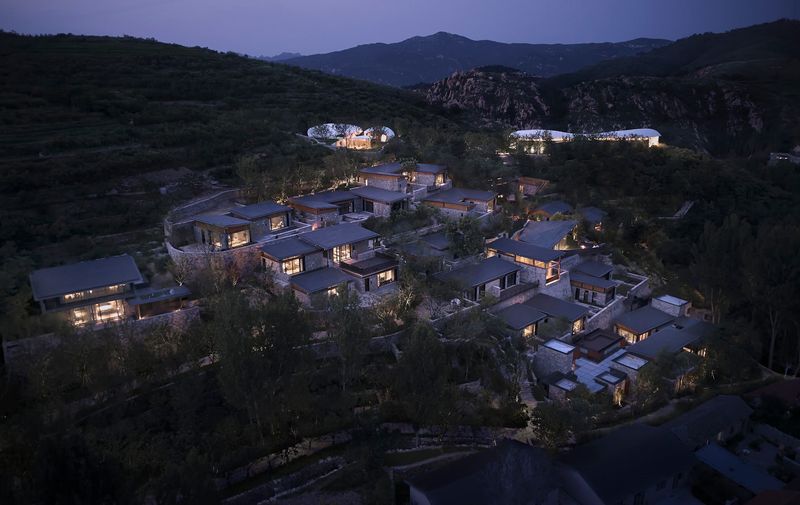
Since the chapel’s completion, Dongximen Village has seen significant economic growth. The influx of tourists and new businesses revitalized the local economy.
This architectural marvel opened doors to previously inaccessible resources, fostering community development.
The chapel’s presence signifies a turning point, transforming the village into a thriving cultural and economic hub.

